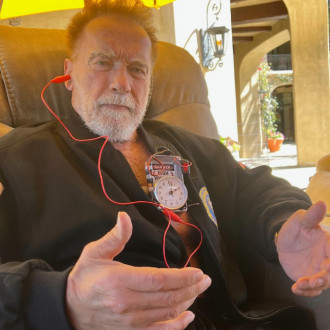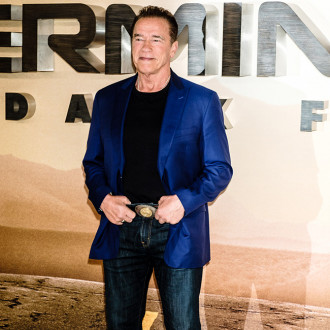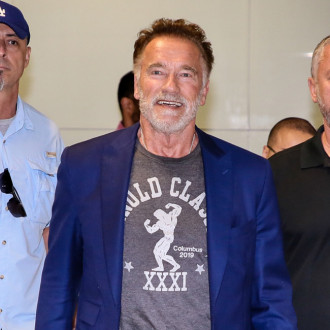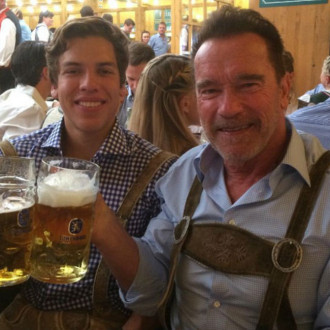New Study Shows That PG-13 Rated Films Are More Trigger Happy Than R-Rated Films
By Joe Wilde in Movies / TV / Theatre on 11 November 2013
PG-13 films today contain, on average, more gun-related violence that R-rated films, a new study says.
Gun violence is becoming more frequent in PG-13-rated movies in recent years, a new study by the Annenberg Public Policy Center and Ohio State University has shown. According to the study, published in the academic journal Pediatrics on Monday, 11 November, these results show that the average PG-13-rated film does not take into consideration the supposedly strict regulations sanctioned by the Motion Picture Association of America.
According to the guidelines set by the Motion Picture Association of America, a PG-13-rated film is not supposed to exceed, or even reach the same amount of violence, nudity, sensuality, language, adult activities or other elements found in R-rated films. However the new study shows that this isn't the case. The new study says that in fact, a number of films both match and exceed the amount of gun-related violence found in some R-rated films.
The researchers responsible for the study, Brad J. Bushman, Patrick E. Jamieson, Ilana Weitz and Daniel Romer, undertook the experiment to determine whether the presence of guns alone can increase aggression, in an effect called the 'weapons effect,' in movie audiences. They found that, since 1950, film violence has more than doubled and gun violence has tripled in PG-13-rated films since 1985, with the amount of violence in these films increasing significantly since 2009. Since then, films rated PG-13 have contained the same amount or more violence than R-rated films.
Co-author Jamieson, as quoted by the Los Angeles Times, said that the results are particularly distressing because parents are not given any warning as to the amount of gun-violence PG-13 films might contain, saying, children are not restricted from seeing PG-13 movies - parents are just warned about the content.”
Their findings were also particularly noteworthy for the inroads they made in further determining the plausibility of the 'weapons effect.' In one experiment, the researchers placed a driver in a pick-up truck with, and then without, a .303-caliber military rifle mounted in the back of his vehicle. Making him stop at a green light in regular traffic, they found that people were on average more likely to honk or get frustrated when the gun was on display. They believe that this kind of effect could be found among cinema viewers too.

Popular PG-13 films are beginning to resemble Arnold Schwarzenegger films more and more.
Contactmusic
Movies and Trailers
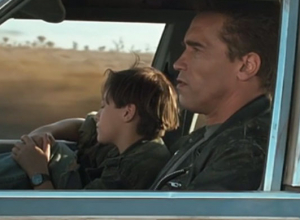
Terminator 2: Judgment Day Clips Trailer
Terminator 2: Judgment Day was one of the best movies of the 90's and even...

Aftermath Trailer
Roman is a construction worker preparing for his wife and grown-up daughter to return home...
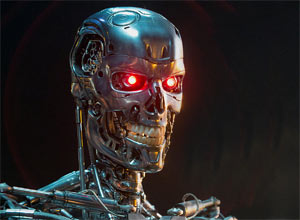
Terminator Genisys Movie Review
This declining franchise really needed a jolt to the head, but the producers disappointingly opt...
Advertisement
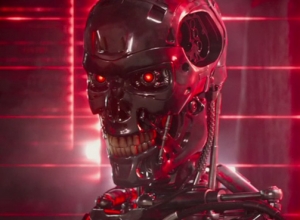
Terminator Genisys Trailer
With the war between mankind and Skynet drawing to a close, resistance leader John Connor...
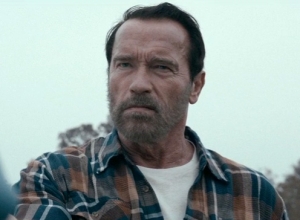
Maggie Trailer
In the near future, the world has been ravaged by a terrifying zombie plague. With...

Terminator Genisys Trailer
Mankind has been all but wiped out. When Skynet became self-aware, it launched tactical nuclear...

The Expendables 3 Movie Review
Striking a tone somewhere between the po-faced original and the silly Part 2, this rampaging...
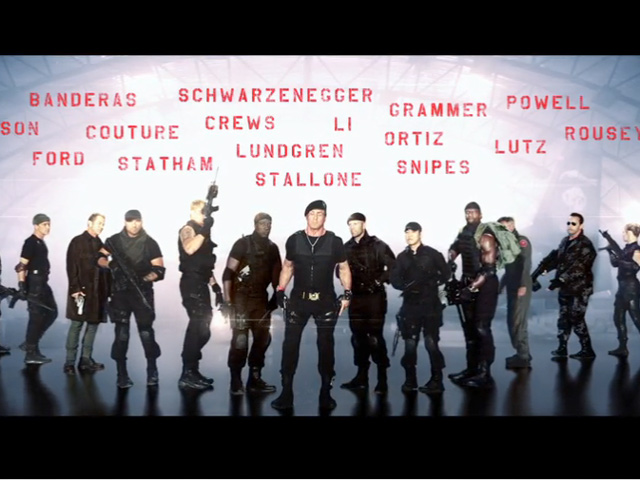
The Expendables 3 Trailer
The cast of 'The Expendables 3' discuss the upcoming action film in a short featurette....

Sabotage Movie Review
Arnold Schwarzenegger gets one of his most complex roles yet in this messy, violent thriller,...
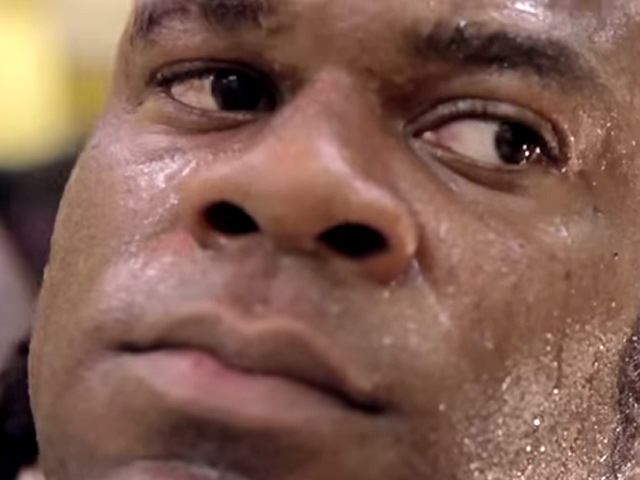
Generation Iron Trailer
Mr. Olympia is one of the most prestigious international bodybuilding titles in the world, awarded...
Advertisement
